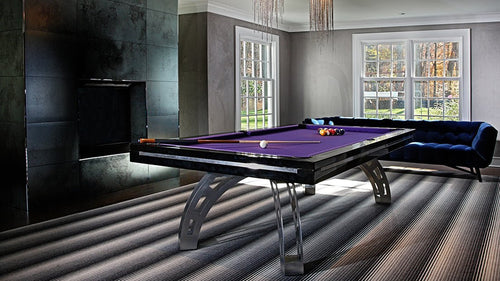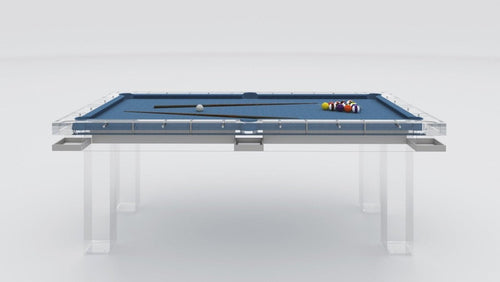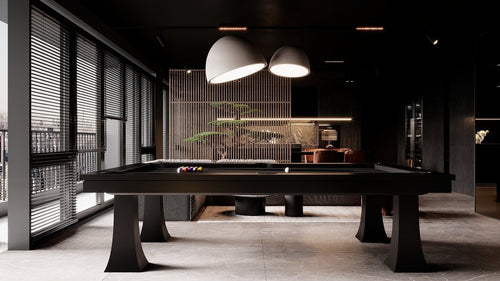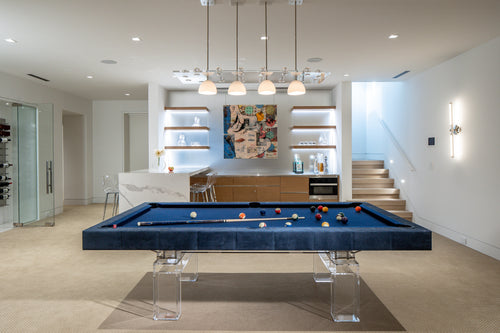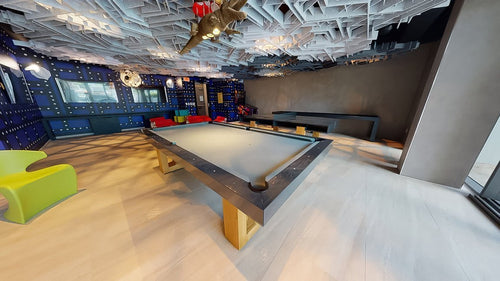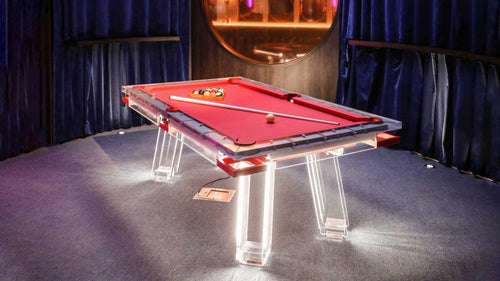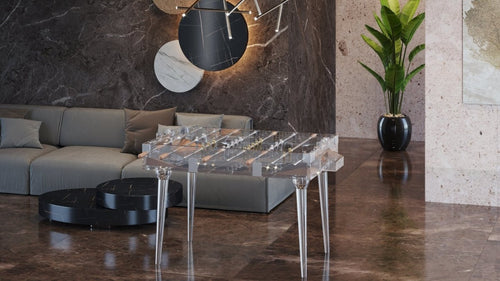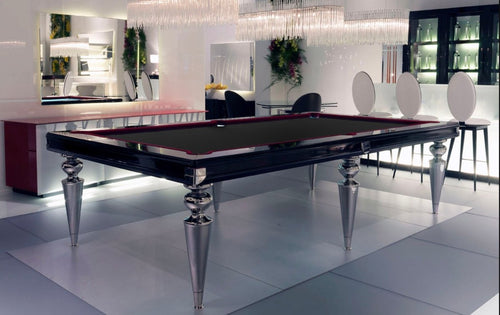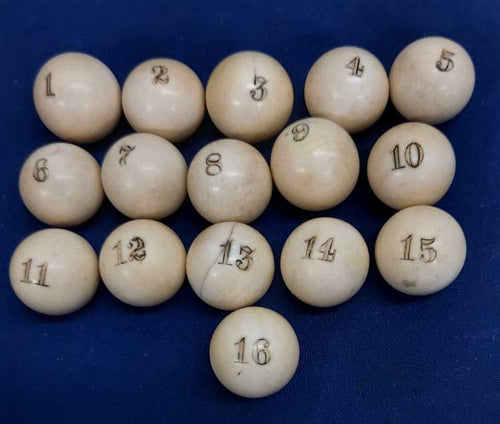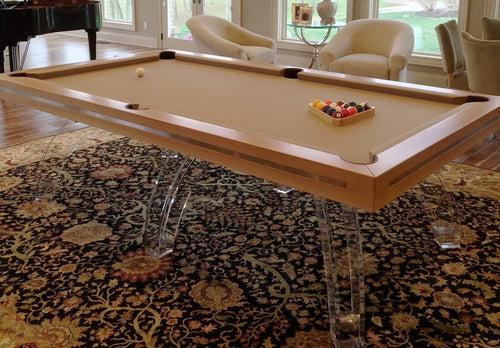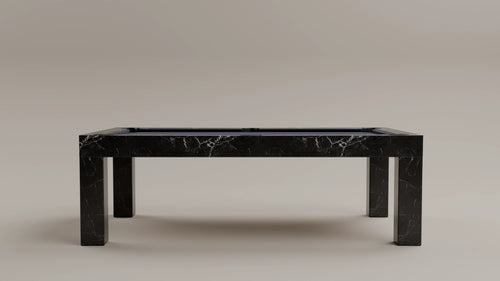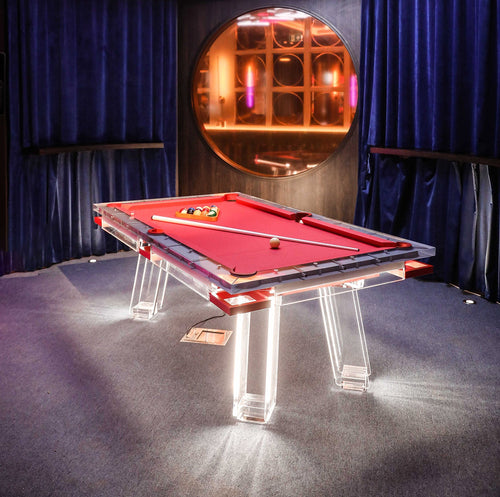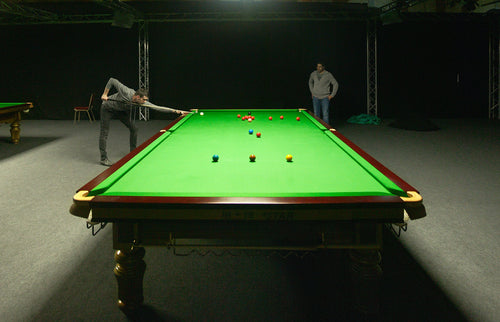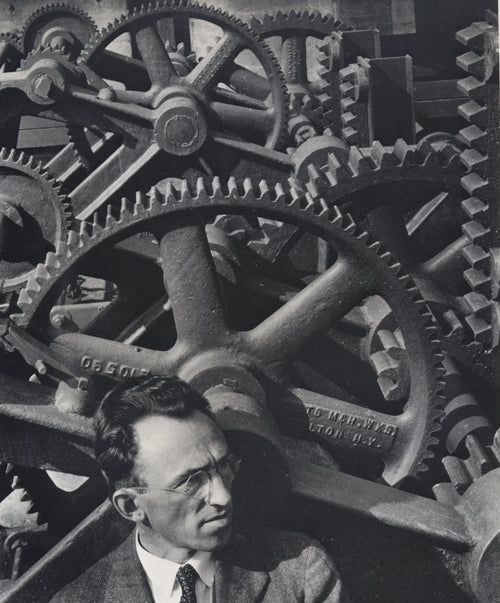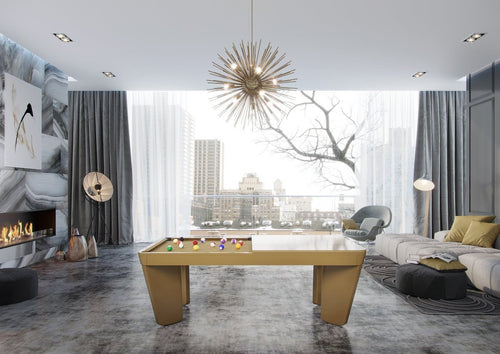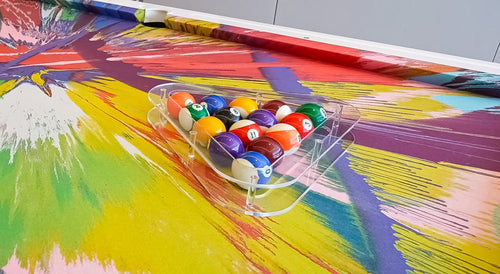Enjoy our modern designs
Estimated Read Time: 6 mins |
How a radical Dutch movement defined the abstract language of modernist design worldwide.
The De Stijl movement, launched in the Netherlands between 1917 and 1931, played a critical—if understated—role in the evolution of modernist design. Despite its small circle and short lifespan, De Stijl’s uncompromising commitment to pure abstraction established a visual and theoretical foundation for the new architecture and design of the 20th century.
Neoplasticism: Pure Abstraction and Universal Form
Central to De Stijl was the philosophy of Neoplasticism—an approach to art and design based on the reduction of form and color to essentials. Pioneered by Piet Mondrian, Theo van Doesburg, and Gerrit Rietveld, the movement’s visual language included:
- Strict rectilinear grids and geometric abstraction
- Primary colors (red, yellow, blue), with black, white, and grey
- Rejection of naturalism in favor of rational, universal harmony
Key Works: De Stijl in Architecture and Interiors
- Rietveld Schröder House (Utrecht, 1924): The clearest built expression of De Stijl. Flexible open plans, sliding partitions, and vivid primary accents brought Neoplasticism to life in three dimensions.
- Van Doesburg’s l’Aubette Interiors (Strasbourg, 1926–28): A dynamic translation of De Stijl’s color and geometry into interior space, fusing art and architecture.
Global Influence: Toward the International Style
- De Stijl’s minimalist geometry and use of white surfaces with primary color accents directly influenced the Bauhaus and the International Style.
- Walter Gropius and Ludwig Mies van der Rohe echoed De Stijl’s clarity and abstraction in their own modernist works.
- Rudolph Schindler (U.S.) and Giuseppe Terragni (Italy) drew inspiration from De Stijl’s visual language in their early modernist designs.
Legacy: Theory Over Quantity
While De Stijl produced relatively few realized buildings or interiors, its theoretical influence was immense. The movement’s insistence on geometric clarity, essential form, and universal color harmony helped define the course of modernist architecture and design throughout the 20th century and beyond.
Today, De Stijl stands as a touchstone for abstract visual language—its disciplined, rational approach providing a critical counterpoint to both historicism and later, more expressive modernist trends.



